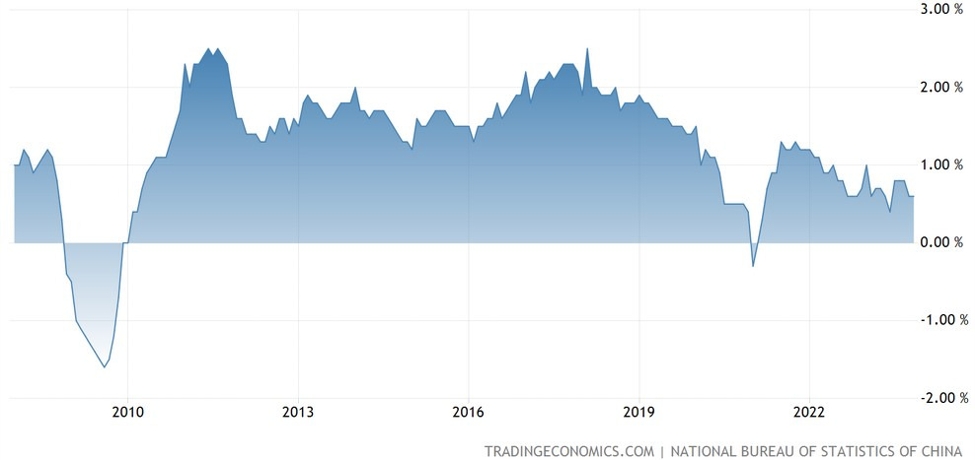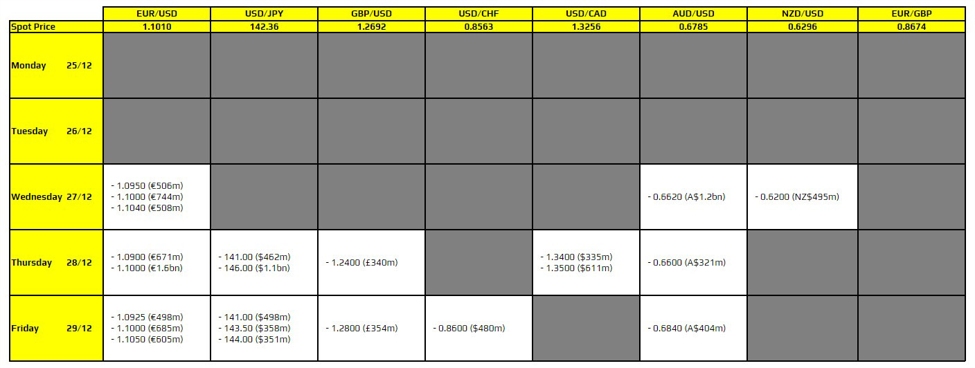Rate cuts by year-end
- Fed: 55 bps (84% probability of rate cut at the upcoming meeting)
- ECB: 11 bps (93% probability of no change at the upcoming meeting)
- BoE: 15bps (94% probability of no change at the upcoming meeting)
- BoC: 22 bps (64% probability of no change at the upcoming meeting)
- RBA: 37 bps (66% probability of no change at the upcoming meeting)
- RBNZ: 41 bps (97% probability of rate cut at the upcoming meeting)
- SNB: 9 bps (88% probability of no change at the upcoming meeting)
Rate hikes by year-end
- BoJ: 16 bps (87% probability of no change at the upcoming meeting)
Following the US CPI report, the pricing for the Fed increased from 57 bps to 61 bps as the data came mostly in line with expectations and wasn’t
strong enough to force a reassessment. Then we got an upside surprise in the US PPI data (although most of that came from portfolio management services), further improvement in the US Jobless Claims and higher inflation expectations figures in the UMich survey.
Traders eventually trimmed the aggressive dovish bets on the Fed and we settled around 55 bps of easing by year-end, which is what the market should have always expected. The data never justified more than two cuts. And I would argue that after the first cut, things will get even better and the market will likely need to trim further its bets.
The focus
now switches to Fed Chair Powell’s speech at the Jackson Hole
Symposium on Friday. Traders will focus on whether he opens the door for a cut in September. Most likely though, he will refrain from pre-committing to a rate cut and just reiterate that they will decide on the totality of the data, making the next NFP report crucial.
For the other central banks, this week we have the Canadian CPI, the RBNZ rate decision and the UK CPI data. These events will likely influence the pricing for the BoC, RBNZ and BoE.















